
When we are shopping or about to buy a new service, the “Decoy Effect” is one of the most common marketing and pricing strategies that brands use to encourage us to buy a certain product or service. This pricing method aims to manipulate the way customers perceive the options presented to them. The decoy effect is employed anywhere from grocery stores to consumer electronics retailers and it effects our daily lives and how we spend our money. That’s why, we the customers need to understand how this strategy works so that we don’t get tricked into buying things we don’t need.
What is the Decoy Effect?
The Decoy Effect is a marketing and pricing strategy that uses a third option as “decoy” to manipulate customer decisions when customers cannot decide between two options. Brands insert a third option to a customer’s decision-making process so that the option they actually want to sell can seem more attractive.
In an experiment conducted by National Geographic to show how the Decoy Effect works, a popcorn counter was set up in the hall of a movie theater. At first, a small bucket of popcorn was sold for $3 and a large bucket was sold for $7. At this stage, most of the customers prefer the small bucket. When asked why, they said that it didn’t make sense to pay $7 for a bucket of popcorn. At the next stage of the experiment, a third option was added to the equation. The counter started to sell a small bucket for $3, a medium bucket for $6.50 and a large bucket for $7. This time, most of the customers preferred buying the large bucket as they got more for their money just by paying $0.50 extra. As this simple experiment shows, when a third option is added to create the decoy effect, the way customers view products and prices change drastically.
So, as demonstrated by the aforementioned experiment, the brands include a third option not for the sake of having more options available, but to trick customers into liking the products they want to sell. So, the third option is not a real option, it is just a strategically placed decoy.
How Do Brands Employ The Decoy Effect?
MIT professor Dan Ariely puts it very clearly in his Ted talk called “Are We In Control of Our Decisions?”. According to Ariely, the decoy option is an option we would never consider choosing when compared to the other two options, so it is the least functional out of the three options. However, the most important function of the decoy option is that it helps us see what we want and what we don’t want. So, it is this dysfunctionality that the brands are after when they introduce a third option.
The brands usually go for three options to create the Decoy Effect. This way, one option is the target product they want to sell, the second option is the decoy option that makes the previous option more attractive, and the third option is the rival option. So, the brand has already decided on the winner and it is trying to convince you by using a decoy. The Decoy Effect doesn’t work as effectively when more than three options are employed, so brands mostly chose to use only three options.
How Do Fast Food Chains Use The Decoy Effect?
Brands use this method not only to trick us into buying the most expensive product, but also to promote new products, boost sales, etc. For instance, you are about to order at a fast food restaurant, and you take a look at the promotions and menus. You see that there are two menu options as well as another option where you can buy the menu and pay extra $2 for 10 onion rings. Right then, your focus shifts. You now don’t care about how hungry you are or whether you actually wanted the onion rings in the first place. All you focus on is the fact that you can get 10 onion rings for $2. We see a similar approach in coffee shops like Starbucks. The price difference between different cup size are such that you can’t help thinking you’ll be better off paying an extra $1 and buying the larger cup.
The Decoy Effect on Plane Tickets
Airlines are the best at using the Decoy Effect to their own advantage. You probably now how airlines known for cheap flights offer at least 3 or 4 ticket options for the same flight. Passengers usually complain about the fact that the eco package is advertised as the cheapest option even though it ends up costing around the same if not more, because you always have to pay extra for the services you need. And, sometimes the ultra-eco package ends up costing more than the normal eco package. What these passengers are missing is that these airlines do not offer the ultra-eco package to sell it. They offer it to make the normal eco package seem more attractive. So, these airlines are usually using the ultra-eco package to convince people into buying the expensive option as it comes with all the essential services you need.
How Can We Avoid The Decoy Effect?
First of all, get into the habit of approaching three options with suspicion. When you see a brand advertising three options next to one another, remember how the Decoy Effect works and try to focus on what you actually need. This will help you detect which option is the decoy and which option is the one that the store is trying to convince you into buying.
If you love doing a lot of research before you commit to buying something, it is more likely that you’ll fall victim to the Decoy Effect. Stay focused on what your actual needs are. You might have realized how your first expectations are so far away from the product you end up buying when you by a new smart phone or a laptop. It’s because you stop focusing on your needs and actual expectations after spending hours on going through different stores and product options, which makes you fall victim to the Decoy Effect. Because your focus shifts from your needs to getting the greatest number of features for the least amount of money. If you want to avoid the Decoy Effect, you should stop yourself the moment you realize that way of thinking has become your approach when shopping for something new.











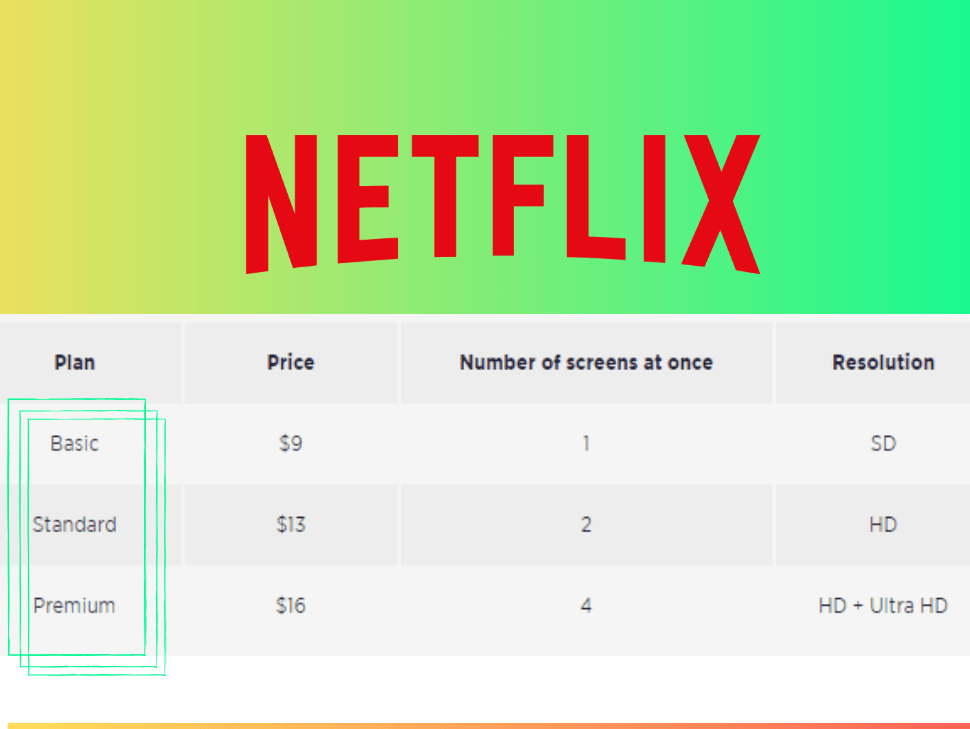
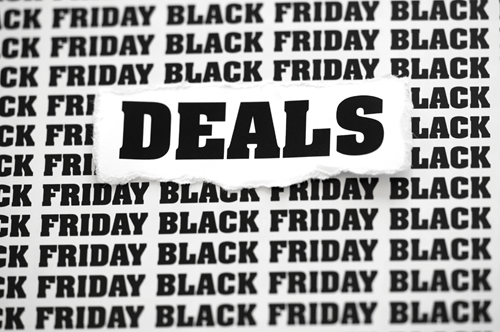



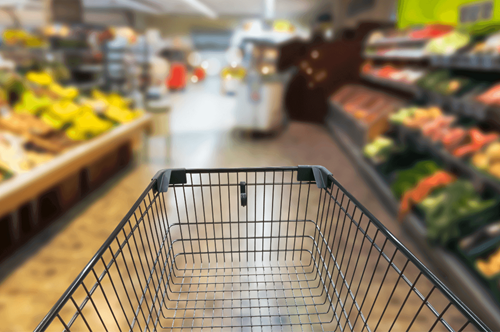

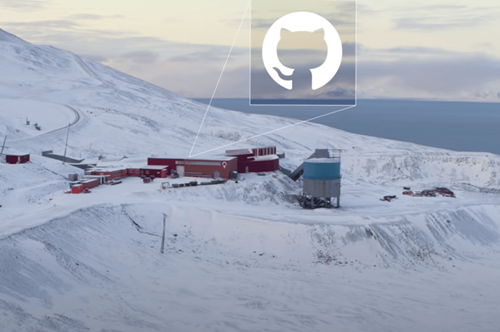











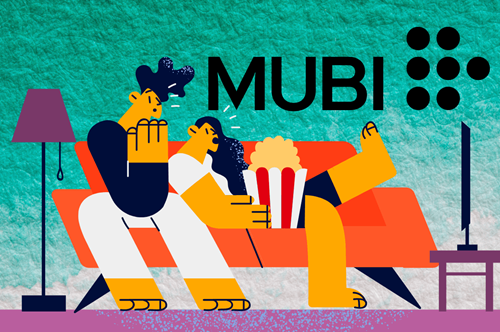

REVİEWS - 0 reviews